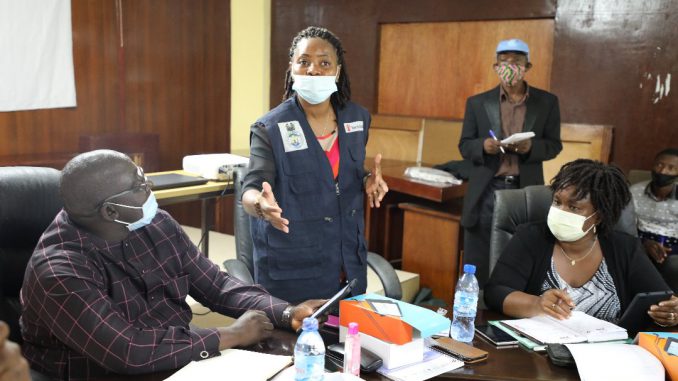
(Freetown, 12 August 2020) The National Civil Registration Authority (NCRA), Office of National Security (ONS), Freetown City Council (FCC), United Nations Fund for Population Activities (UNFPA), Sierra Leone Red Cross (SLRC), the Sierra Leone Metrological Agency and other partners involved in Emergency Management Response have held a training and coordination meeting at the Conference Hall of the Ministry of Internal Affairs.
The meeting was chaired by the Director-General of the NCRA, Mr. Mohamed Mubashir Massaquoi, the newly designated Pillar Lead responsible for registration during emergency response in the Country.
In his statement, Mr. Massaquoi briefed new members that they held a maiden meeting last week which was constituted by the government of Sierra Leone through the Office of the National Security (ONS) to support the management of disaster response in Sierra Leone.
Mr. Massaquoi informed participants that the purpose of the meeting was to specifically look at and assess the software application that had been developed by ONS and WFP, to see what features its entails as it gears towards enhancing the process of disaster emergencies interventions.
“We are here today specifically to look at the application that has been developed by our partners, led by ONS and WFP to see what it entails and then we see what we can do,” he disclosed.
The Chairman also noted that the essence of such meetings is to underscore the need to better prepare, plan and have a consolidated registration pillar, rather than it being fragmented. The DG also said that the meeting will give them an opportunity to identify and know the structures, processes and tools used in a disaster management response, and to review some areas should need be.
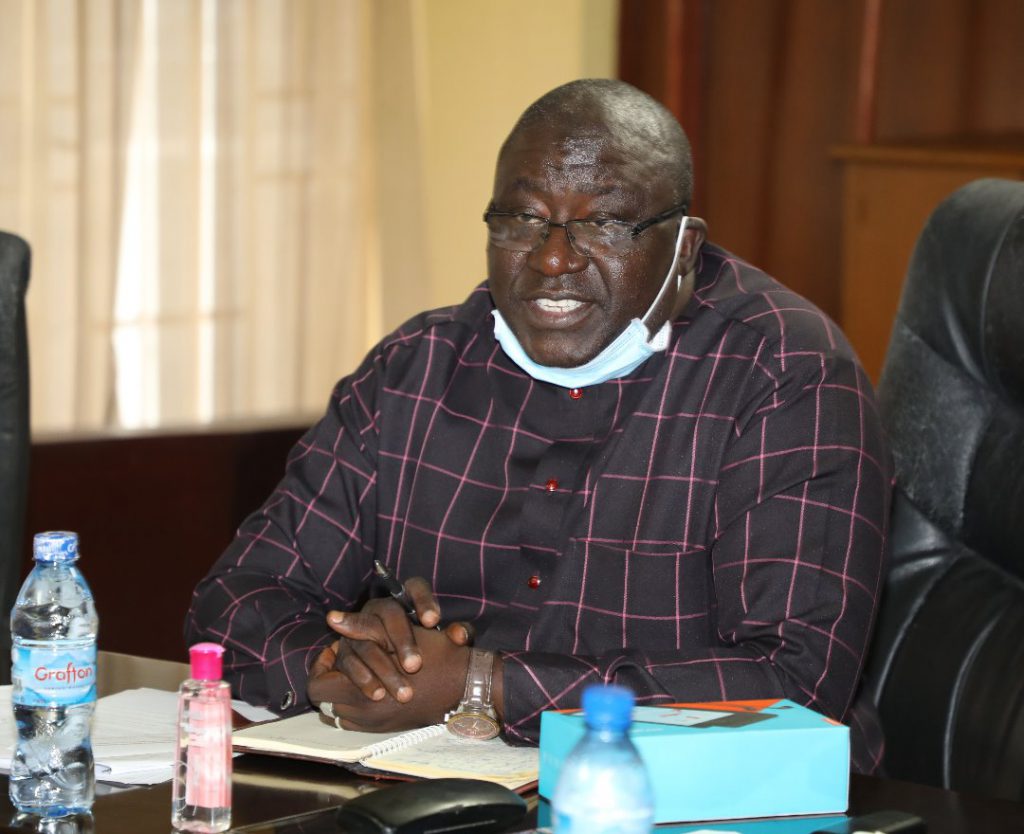
He added that a consolidated registration data will definitely provide accurate, reliable and well-accepted data which will guide them to intervene in any future disaster across the country.
“We don’t want to run things in parallel. We don’t want to fragment registration activities; otherwise you will begin to have varying data that will not be reliable and will not guide us to intervene in any disaster,” Mr. Massaquoi said.
Mr. Massaquoi informed participants present that the reason why Government constituted the Pillar registration and mandated the NCRA to steer the ship was due to the importance of registration to guide in disaster interventions and the fact that the Authority has the expertise in providing accurate, precise and real time information to the government and its development partners for planning and development purposes.
“And therefore, if we are asked, we are mandated to serve in this pillar, we must be seen to take it very seriously so that we have precise, concise and accurate data on any population everywhere, anywhere that may need support or intervention to mitigate disaster of any nature that may occur,” the DG said.
He also added that it was necessary to start preparing before any disaster will strike.
On behalf of the team, Mr. Massaquoi assured the Government of Sierra Leone of the team’s commitment in effectively, efficiently and professionally executing the task ahead.
The DG of NCRA implored team members to be proactive in anticipation of disasters in the country and end the practice of being fire fighters. Mr. Massaquoi said that as a way of demonstrating his commitment he had cause to call and check on certain disaster-prone communities within the Freetown Municipality to know if any flooding or disaster had occurred considering the heavy rain.
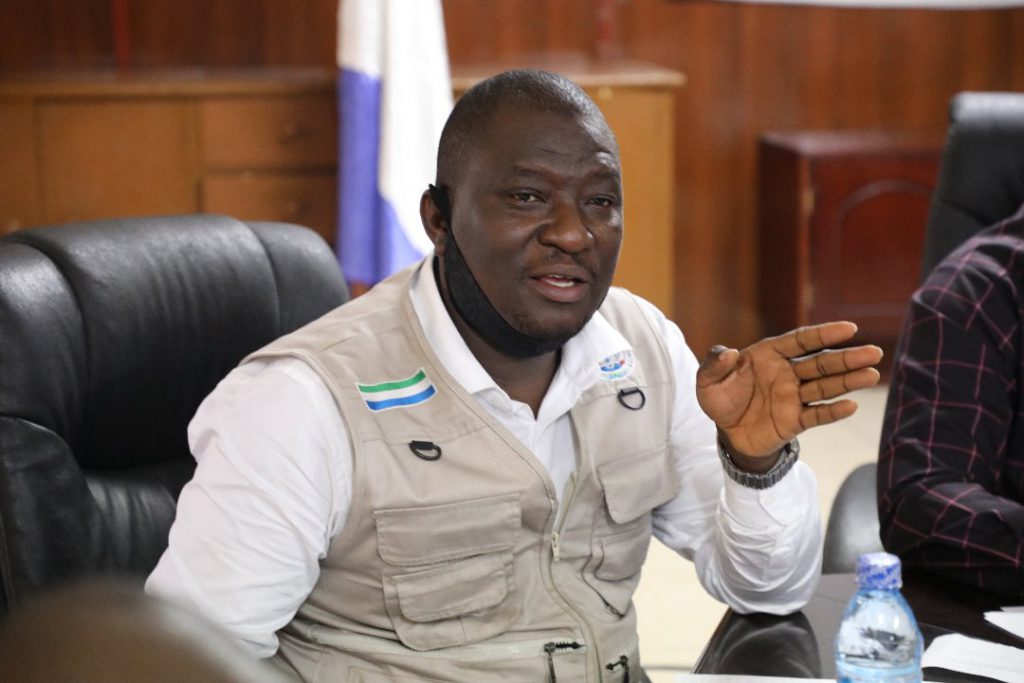
The Co-Chair of the meeting, Samuel Palmer, the Quality Assurance Specialist of UNFPA, acknowledged and emphasized the importance of NCRA in the registration pillar role for disaster management and response. He assured the team of UNFPA’s continued support throughout the process.
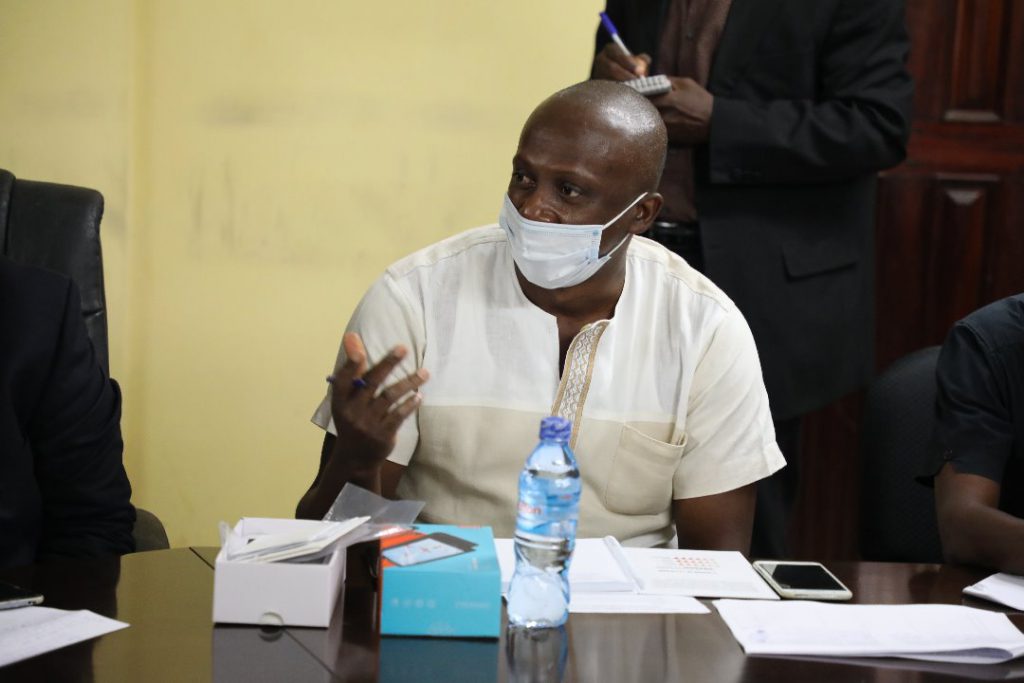
The Acting Director of Disaster Management, ONS, Sinneh Mansaray, shared his institution’s experience and highlighted the structures, processes and tools used in the past to register disaster victims.
He noted that out of 9 response pillars, the Registration Pillar has been the first pillar that has started and gone with massive speed for which the UN family, and disaster management stakeholders, including the National Security Coordinator are very much pleased.
Mr. Mansaray disclosed that NCRA was mandated to lead the pillar registration because of their expertise in registration. He said that the importance of data in this whole process cannot be overestimated and the success of every disaster emergency response was predicated on the registration and the timeliness of the registration.
Mr. Mansaray mentioned that with NCRA taking the pillar registration lead, the challenges of grappling with figures which the ONS faced during the mudslide emergency response in 2017 will be a thing of the past. He noted that it will also enhance data sharing of affected victims which as per international law, must be provided within 72 hours.
The Acting Director of Disaster Management, Department of ONS, explained the structure of the emergency response pillars and processes involved before the registration of beneficiaries will start.
“For all the pillars, the Government institution that has the mandate to carry that function is the Lead and the Co-lead is UN Agency or an international organization that has that expertise. So that is the way the pillars are selected, he said.
Mr. Mansaray explained about the various structure and different levels of disaster management and added that “What we are doing now is for national level because we have different forms of response. We have the District Disaster Management Committees (DDMC) for which the City Council is providing leadership. That is the DDMC. And this is the national level. So, all of what we are doing here, we are focusing on national emergency response. When we talk about level 2 and level 3; Emergency that has really overwhelmed the community and they cannot cope and they need external support. That is the kind of emergency. It is not where you have two or four houses on fire, then you have to activate this one. No! We are coming for real crisis response.”
Mr. Mansaray further reported that WFP provided 100 tablets of which Western Area Urban received 30 tablets; Western Area Rural 10, and 10 tablets for each of the 5 riverine Districts: Pujehun, Kailahun, Bo, Kambia and Bonthe.
Mr. Mansaray advised the team to consider partnering with volunteers who are drawn from the communities where the disasters occur. He mentioned that the volunteers are the biggest assets and foot soldiers that they had trained in doing registration within a short time.
Mr. Mansaray called for multi-sectoral approach to disaster management. He disclosed that WFP has recruited two Red Cross officers to monitor the ONS national situation room and provided two ware houses that are in Port Loko. He added that WFP had plans to make Sierra Leone the hub to store relief items for disaster victims in West Africa. He also disclosed that the International Organization for Migration (IOM) has provided funding to construct another ware house.
He called on more partners engagement and support towards the emergence response management. He asked that the training be cascaded to the provinces.
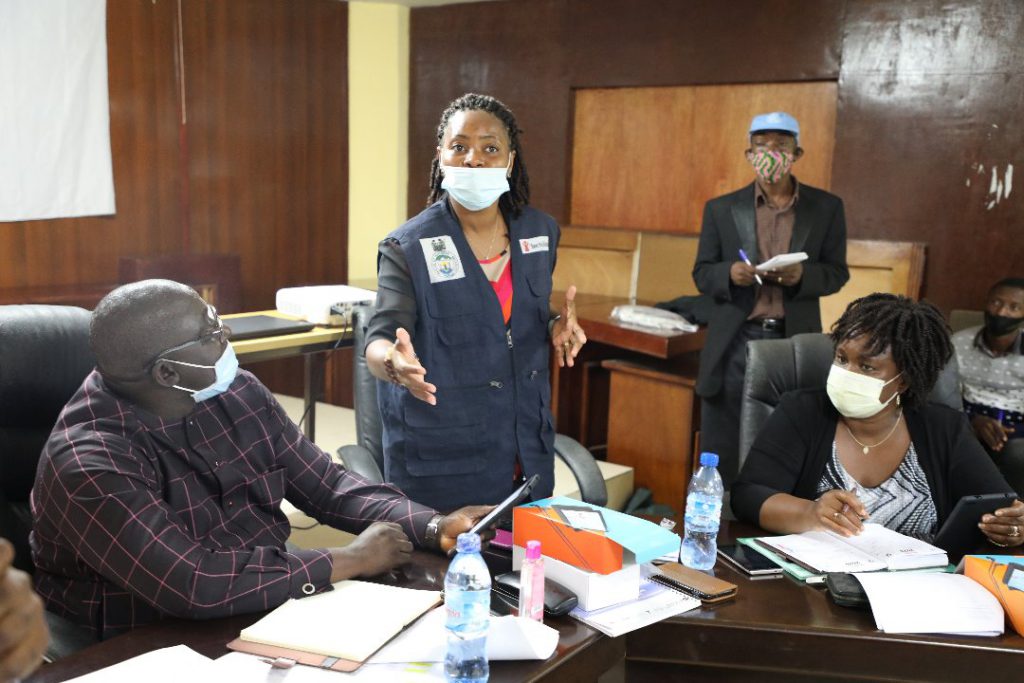
In his contribution, the focal person in Disaster response at IOM, Brima Bendu, said that his organization knows the importance of emergency response and encouraged the members of the disaster management team to prepare themselves for any disaster.
A representative from the Voluntary Service Organization (VSO), Abu Bakarrr Senesie, said that they want to be part of the exercise and informed that VSO and ONS have the same volunteers that they have been working with in Bo, Bombali and Kambia.
The Disaster Management Coordinator of Red Cross, Thomas Abu, stressed that they need the registration pillar as registration had been very difficult. He cited the period of the mudslide when victims attacked officials of ONS, Red Cross, etc.
A hands-on training exercise on the use of the software application for disaster management was conducted for members. The exercise was jointly facilitated by the Research Officer, Sabiatu Bakarr and Major Prince Sesay, Logistics Officer of the Disaster Management Department of ONS.
Other outcomes of the meeting were the addition of the Sierra Leone Metrological Agency to the Committee, WFP and the Red Cross to develop training manuals with the ONS as lead and NCRA to lead in the review of disaster response tools. A committee of 7 was selected (NCRA, ONS, Metro, FCC, WFP, UNFPA and the Red Cross and the NCRA to provide for their own server.
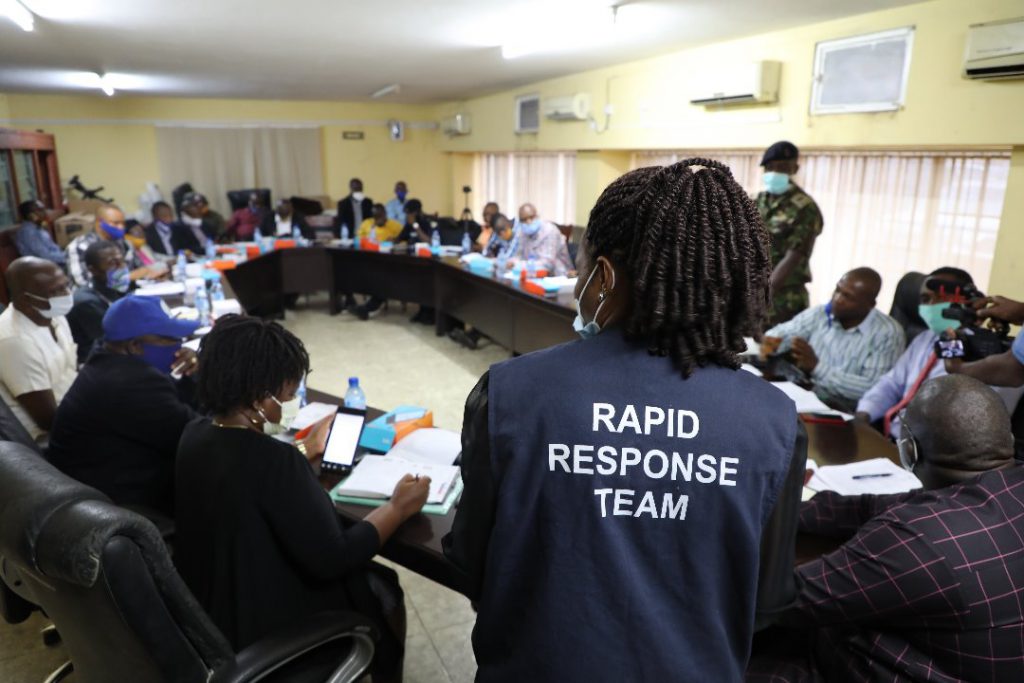
Other representatives present at the meeting were John N.K. Brewah from Evangelical Lutheran Church of Sierra Leone, Deputy Director of Operations and Planning of the Sierra Leone Police (SLP), Supt. Alieu Sillah, Aruna Dennis Musa from Save the Children, Compliance and Partnership Manager, Handicap International, Alimamy Sesay, the Social Welfare, Gender and Children’s Officer at Freetown City Council (FCC), Stella Smith, Climate Change Forum Network-Sierra Leone, Amara Salami Kanu and cross section of the staff of NCRA.
IEC DIRECTORATE, NCRA.
Leave a Reply